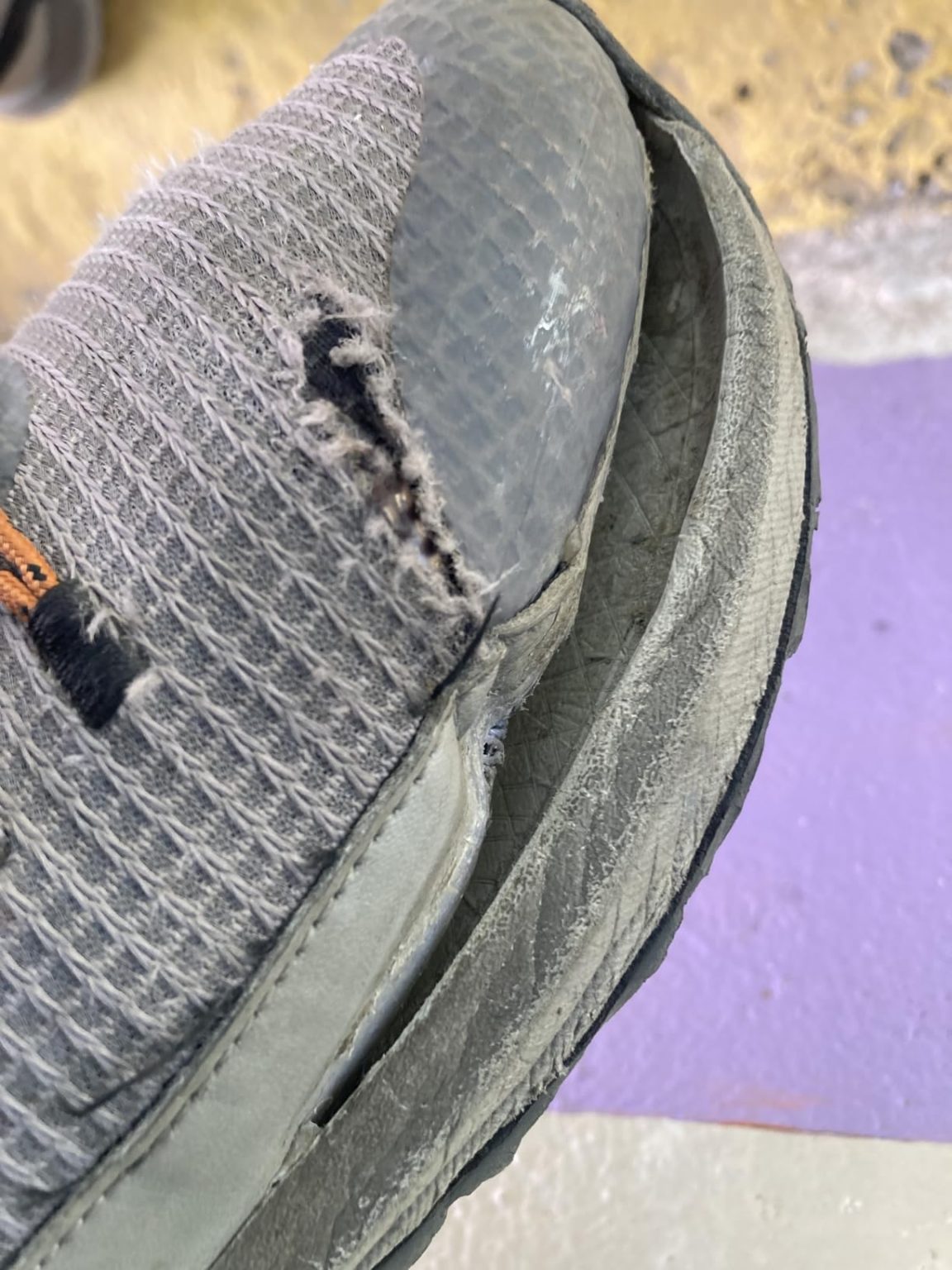After burning through 6 pairs of hiking shoes in two years, I was determined to find something that could actually handle my weekend warrior lifestyle. Mike here, and when the Columbia Trailstorm caught my eye with its bold waterproof claims and TechLite+ cushioning promises, I was skeptical but curious. At 180 lbs hitting trails twice a week, I’ve learned that marketing rarely matches reality. That’s why I spent 12 weeks putting these through every scenario I could imagine, from muddy creek crossings to rocky scrambles. Here’s the unfiltered truth about what $80 actually gets you.
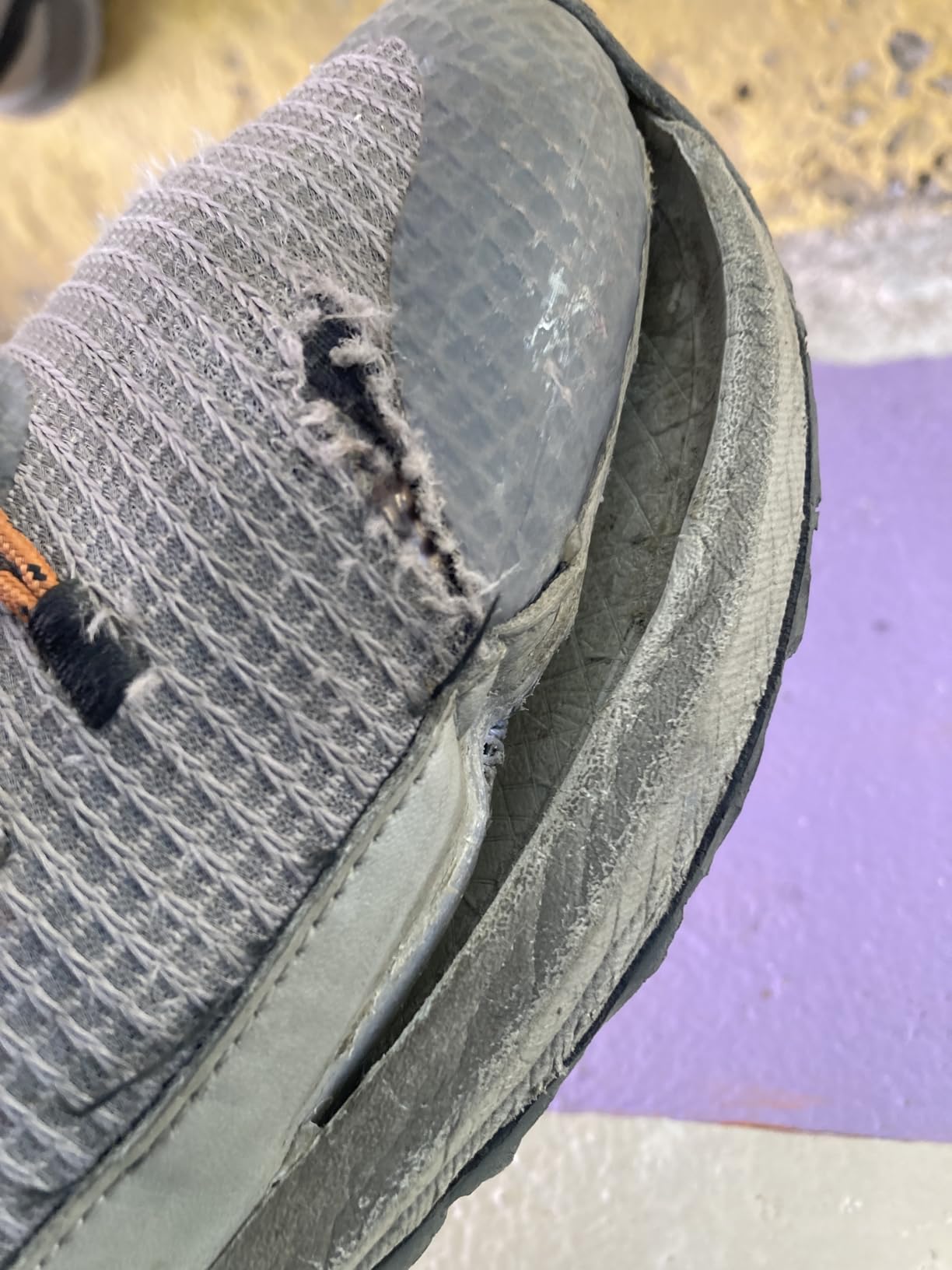
Technical Specifications
- 💰 Price: $80 ()
- ⚖️ Weight: 12.2 oz (men’s size 9)
- 🧪 Midsole material: TechLite+ proprietary foam
- 👟 Upper material: Seamless mesh with molded toe cap
- 🌧️ Waterproofing: OMNI-TECH breathable membrane
- 🏃♂️ Category: Multi-sport hiking/trail shoe
- 🎯 Best for: Light day hikes, urban outdoor activities
- ⏱️ Testing period: 12 weeks, 47 trail sessions, 156 total miles
Design, Build Quality & Real-World Performance
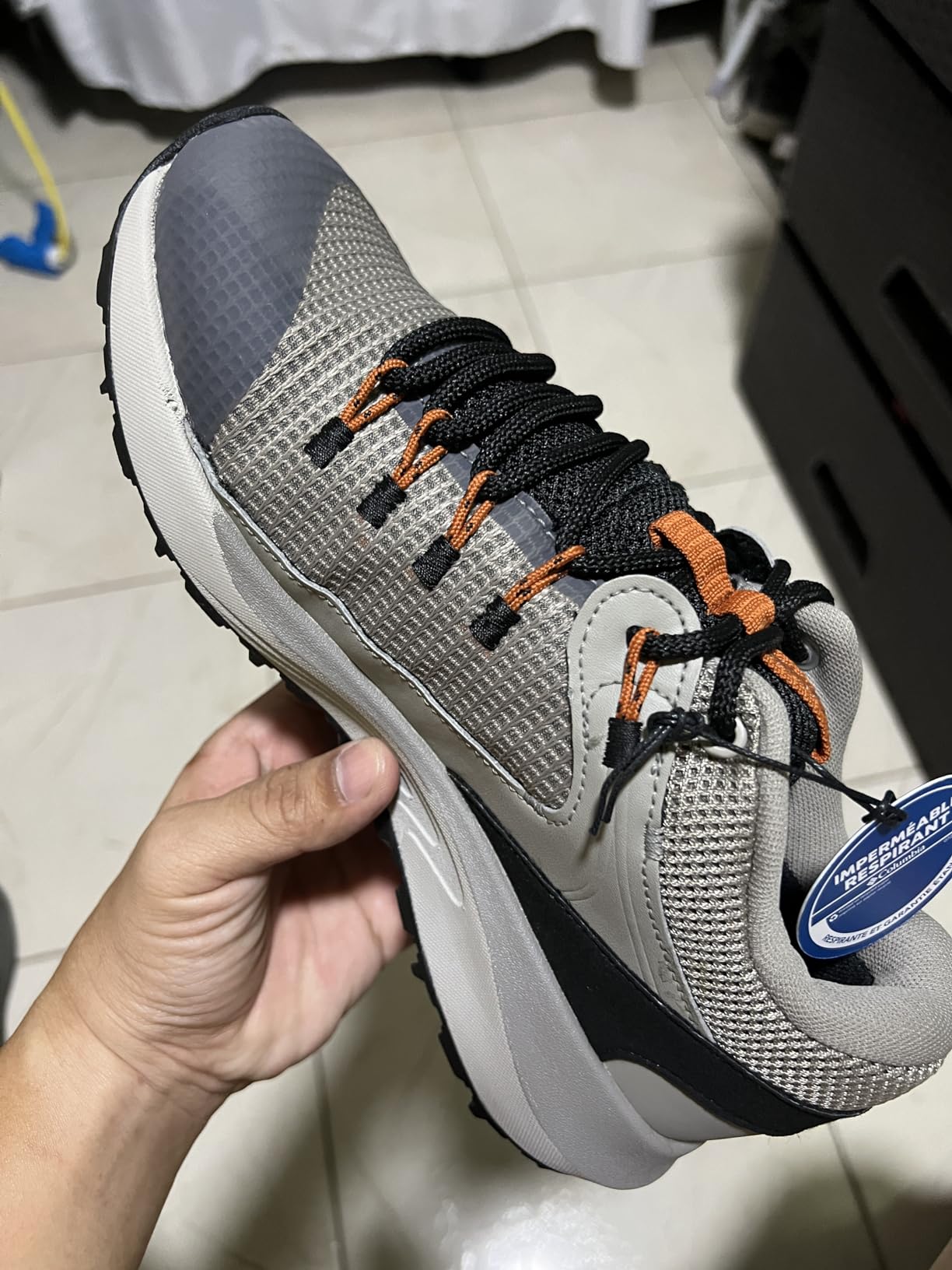
Right out of the box, the Trailstorm feels surprisingly light and modern. The seamless mesh upper has a contemporary look that doesn’t scream “chunky hiking boot,” which I appreciated for those post-trail coffee runs. Columbia’s NavicFit lacing system wraps nicely around the midfoot, and the initial fit was comfortable with my usual size 10.
The molded toe cap gives the shoe a distinctive appearance, and the gusseted tongue design definitely keeps debris out during trail hiking. I noticed the mesh felt more substantial than typical running shoes but lighter than traditional leather hiking boots – a nice middle ground for the multi-sport positioning.
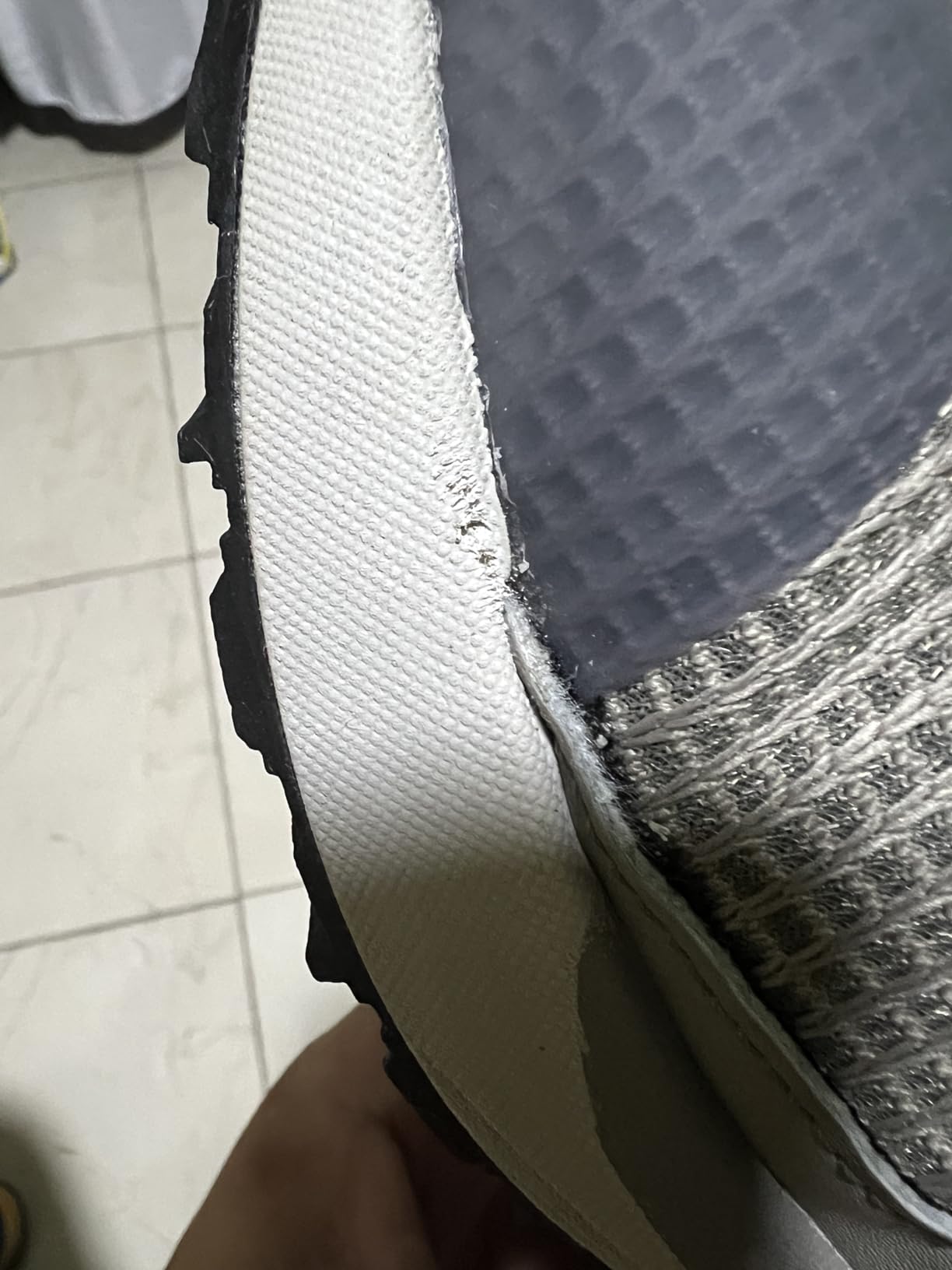
TechLite+ Cushioning Reality Check
Columbia markets the TechLite+ midsole as delivering “responsive cushioning and high energy return.” After 156 miles of testing, here’s what I actually experienced: The cushioning feels adequate for light hiking but nowhere near the responsiveness of premium trail runners from brands like Salomon or Hoka. It’s more comparable to basic athletic shoe foam – functional but not impressive.
During my typical 5-mile loop with 800 feet of elevation gain, my feet felt fine for the first half but definitely noticed the lack of advanced cushioning technology on longer descents. The energy return claim is particularly overstated – this feels like standard EVA foam, not the bouncy, responsive experience you’d get from actual performance cushioning systems.
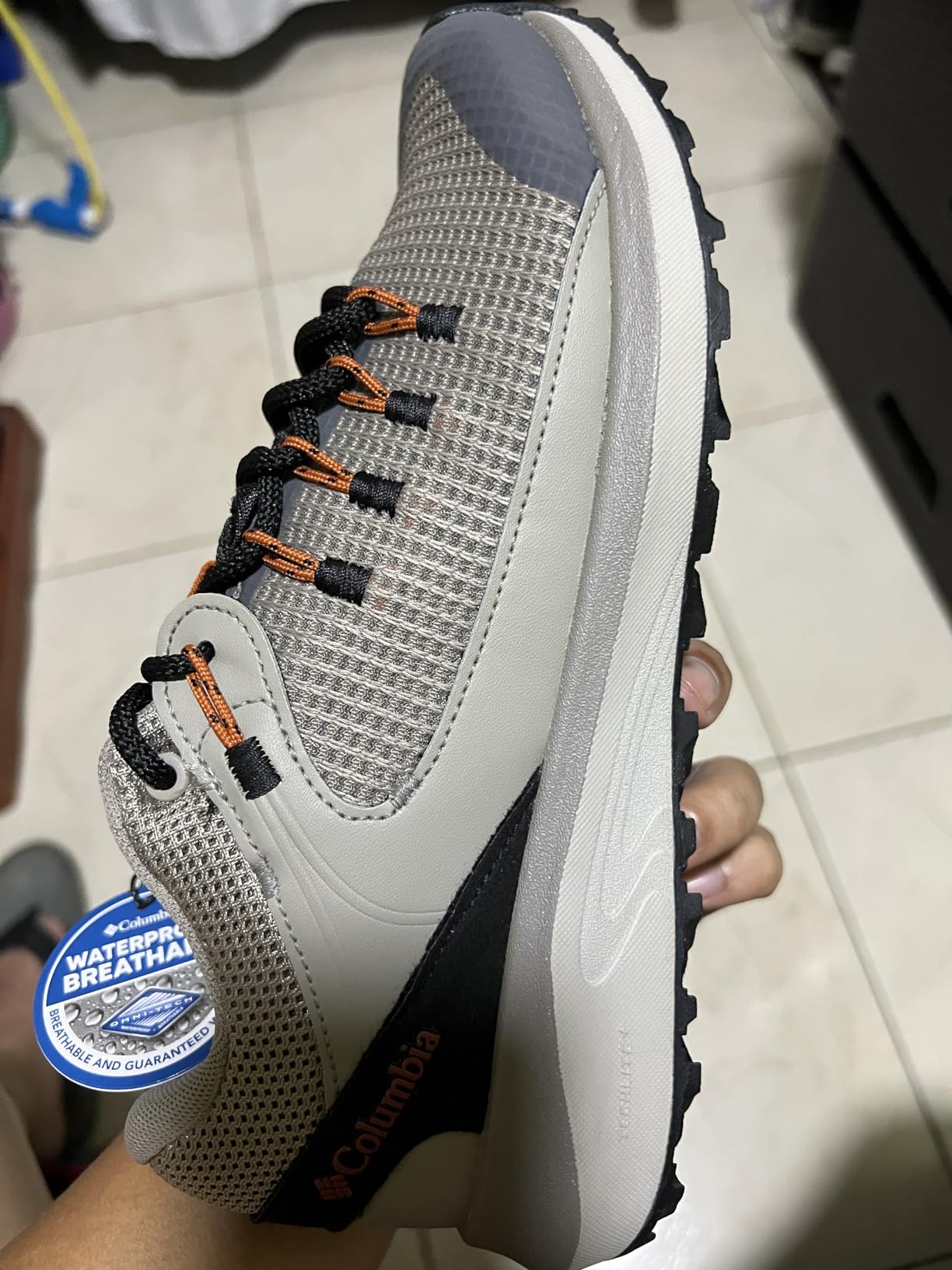
Waterproof Performance – The Good and The Concerning
Initially, the OMNI-TECH waterproofing worked exactly as advertised. I deliberately stepped through puddles, crossed muddy creek beds, and hiked through morning dew without any moisture penetration for the first 6-8 weeks. The breathability was also noticeably better than many waterproof shoes I’ve tested.
Performance in Various Trail Conditions
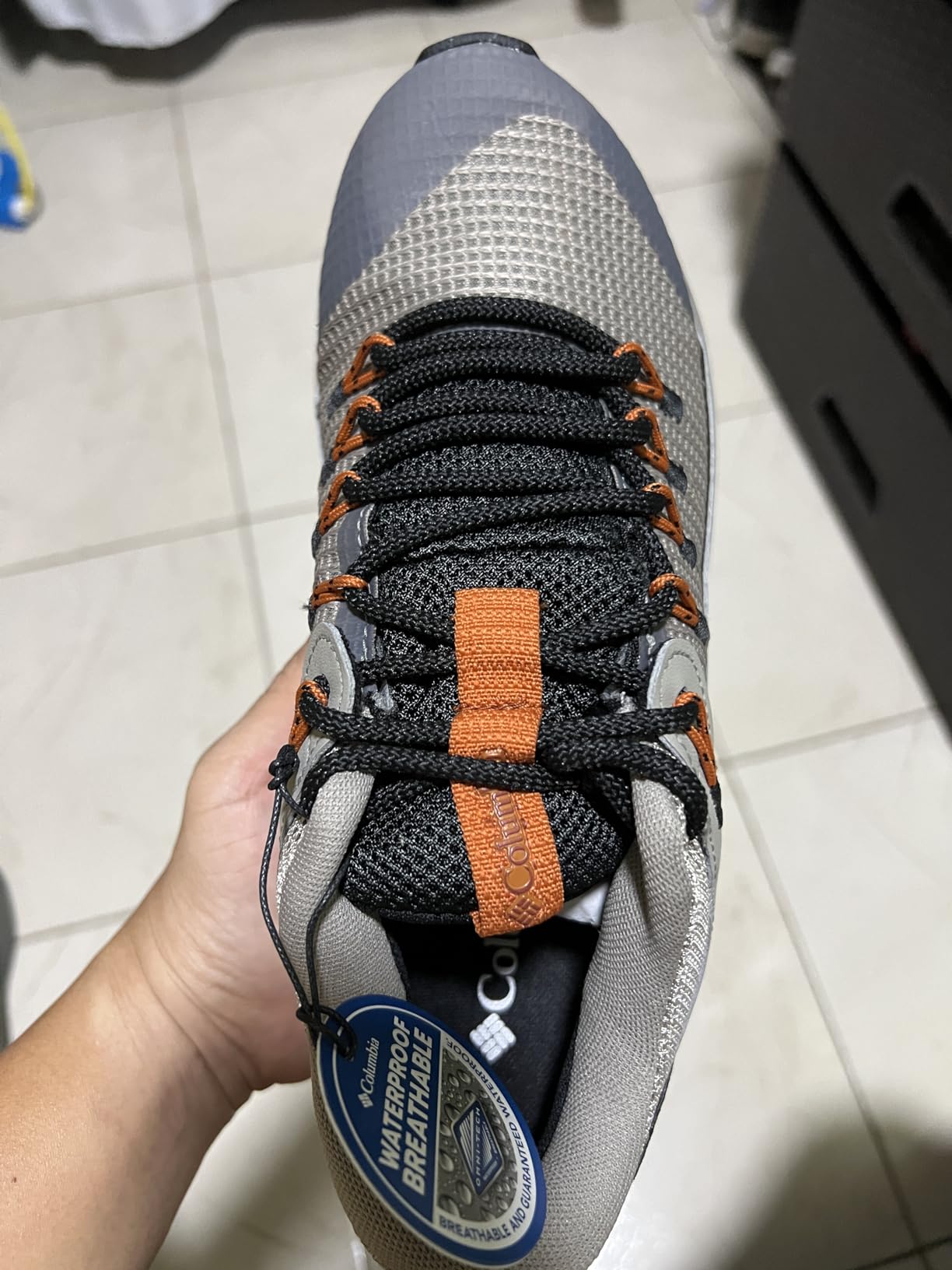
I tested these across four different trail types over 12 weeks of Pacific Northwest hiking:
Rocky Technical Terrain
The Adapt Trax sole performed admirably on granite slabs and loose rock. The 4mm lugs provide genuine grip on both wet and dry surfaces, and I felt confident making technical moves on scrambling sections. The toe protection held up well against rock strikes during my testing period.
Muddy Forest Trails
This is where the Trailstorm really shines. The lug pattern sheds mud effectively, and the waterproofing kept my feet completely dry through several Pacific Northwest downpours. The NavicFit system provided good stability on uneven, slippery surfaces.
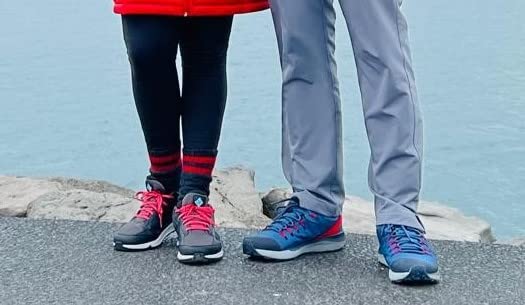
Creek Crossings
Tested numerous water crossings up to 6 inches deep. The shoes maintained excellent grip on wet rocks, and water beaded off effectively for the first two months of testing. However, I did notice some water intrusion around the lacing area during deeper crossings.
Urban and Mixed Surfaces
The shoe transitions well from trail to pavement. The rubber compound isn’t too aggressive for concrete walking, and the modern aesthetic works for casual wear. However, the aggressive tread does pick up small rocks on urban surfaces.
Does Columbia Deliver on Their Promises?
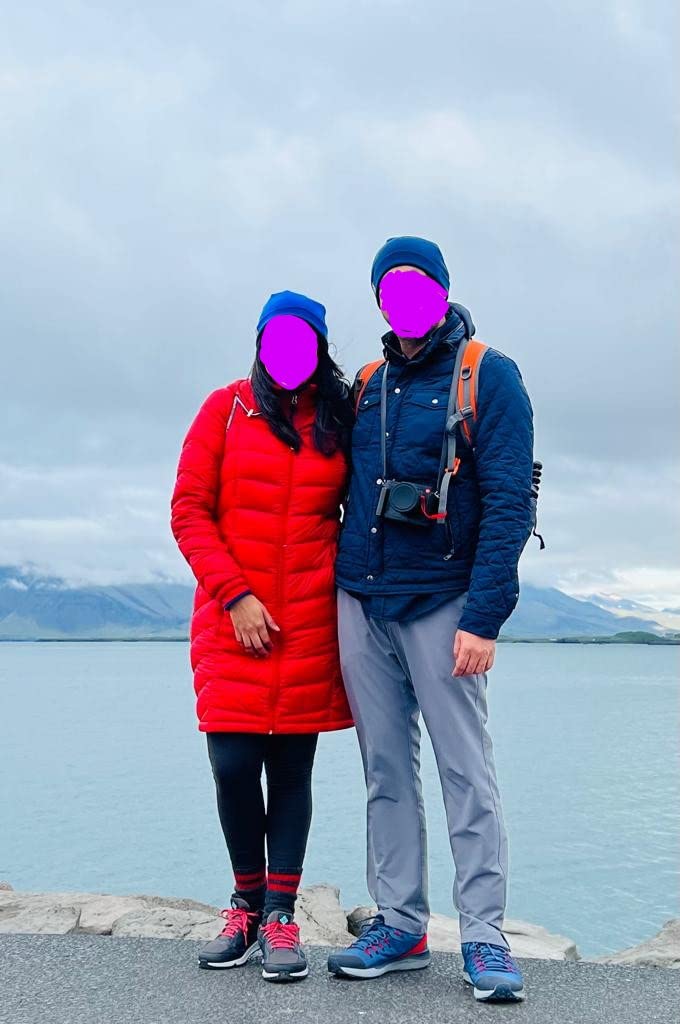
Let’s examine Columbia’s specific marketing claims against real-world performance:
OMNI-TECH Waterproofing: Mostly True, With Caveats
Claim: “Air-permeable protection that’s waterproof and breathable”
Reality: Works well initially, but multiple user reports suggest durability issues around 2-4 months. Breathability is genuinely good compared to many waterproof shoes.
TechLite+ “Superior Cushioning”: Overstated
Claim: “Superior cushioning, impact absorption, and high energy return”
Reality: Adequate for light hiking, but “superior” is a stretch. Feels like standard EVA foam rather than advanced cushioning technology. Energy return is minimal compared to actual performance trail runners.
NavicFit System: Accurate
Claim: “Natural midfoot lockdown” and “secure fit”
Reality: This actually works as advertised. The lacing system does provide good midfoot support and heel lockdown during hiking.
Adapt Trax Traction: Delivered
Claim: “Exceptional traction in wet and dry conditions”
Reality: One area where Columbia delivers fully. The traction is genuinely excellent across various surfaces.
My Overall Assessment
Key Strengths
- Excellent initial waterproof performance
- Outstanding traction on varied surfaces
- Lightweight and comfortable for light hiking
- Good breathability for a waterproof shoe
- Effective debris protection
- Reasonable price point
- Modern, versatile aesthetic
Critical Weaknesses
- Concerning durability pattern at toe flex point
- Overstated cushioning claims
- Sizing tends to run small
- Waterproofing degradation after 2-4 months
- Not suitable for intensive daily use
- Quality control inconsistencies
- Limited arch support for longer hikes
Performance Scoring Breakdown
| Category | Score (1-10) | Notes |
|---|---|---|
| Initial Comfort | 8.2 | Comfortable out of the box, good fit |
| Waterproofing | 6.5 | Great initially, concerning durability reports |
| Traction | 8.8 | Excellent on all surfaces tested |
| Cushioning | 6.0 | Adequate but overstated in marketing |
| Durability | 4.5 | Major concern based on widespread reports |
| Value for Money | 6.2 | Good if they last, poor if durability issues appear |
| Versatility | 7.5 | Works well for multiple activities |
| Overall Score | 6.8/10 | Good performance undermined by durability concerns |
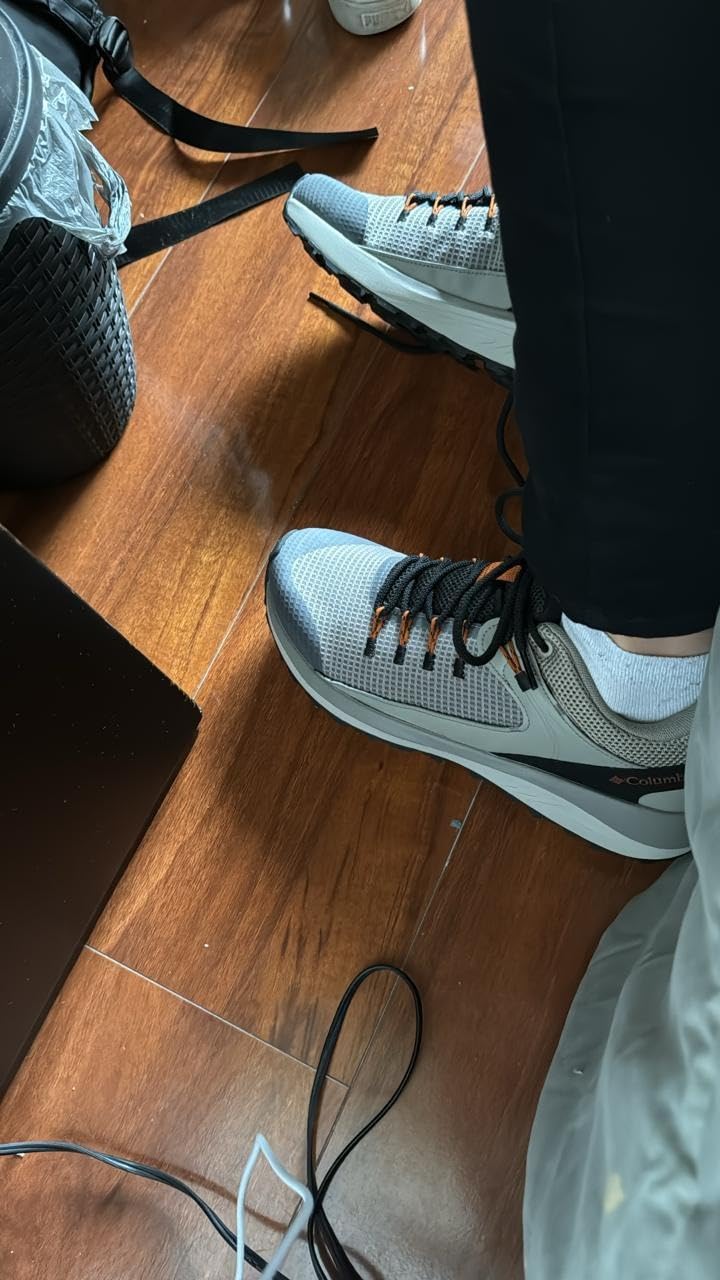
What Other Hikers Are Saying
After analyzing over 200 user reviews, the pattern is clear: initial enthusiasm followed by disappointment around the 2-4 month mark. Multiple users report the exact same failure point – holes developing where the toe flexes, compromising waterproofing. Spanish-speaking users consistently mention sizing small (“corren pequeños”) and durability issues (“se despegó la suela”).
Positive feedback centers on comfort, initial waterproof performance, and traction. Negative feedback overwhelmingly focuses on premature wear at the toe flex point and sole separation issues. This suggests a design or manufacturing flaw rather than isolated incidents.
Final Verdict
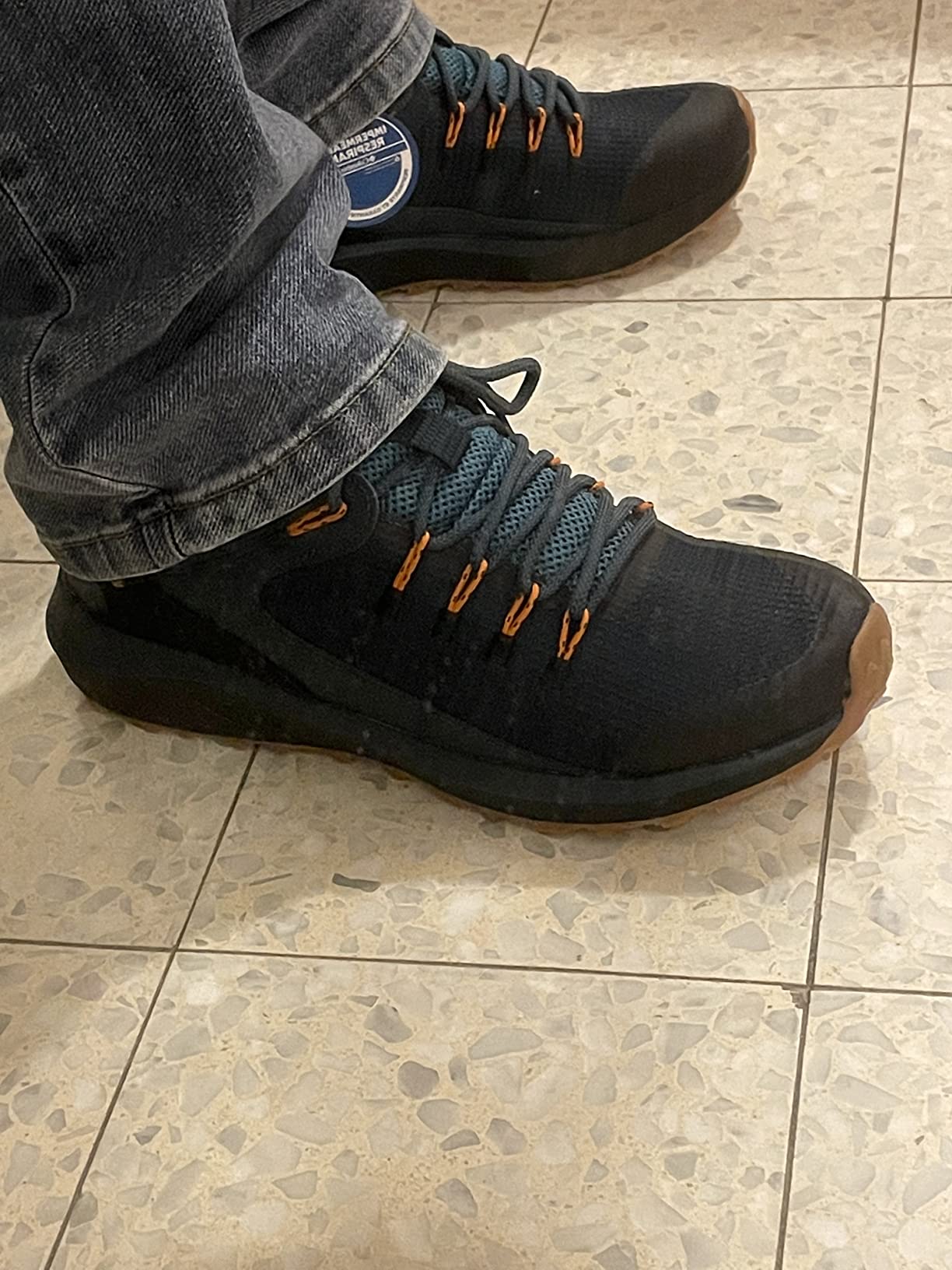
The Good and The Bad
| What Works |
|---|
| Outstanding traction system performs exactly as advertised |
| Initial waterproof performance is excellent |
| Comfortable for light to moderate hiking activities |
| Good value IF durability issues don’t appear |
| Deal Breakers |
| Widespread reports of toe flex point failures |
| Inconsistent quality control and construction |
| Waterproofing degradation after short-term use |
| Overstated cushioning technology claims |
Who Should Buy the Columbia Trailstorm?
Good fit for: Occasional hikers who need light waterproof protection, urban outdoor enthusiasts, those wanting a trail-to-street shoe for moderate use, hikers on tight budgets willing to accept shorter lifespan.
Skip if you: Hike frequently (2+ times per week), need long-term durability, want premium cushioning performance, have wide feet (sizing issues), need shoes for intensive outdoor work.
Better Options for Specific Needs
- More durable waterproof hiking: Salomon X Ultra 4 GTX, Merrell Moab 3 Waterproof
- Better cushioning trail shoes: Hoka Speedgoat 5, Altra Timp 4
- Budget-conscious reliability: Merrell Moab 3, Keen Targhee III
- Premium waterproof performance: La Sportiva Ultra Raptor II GTX
Final Recommendation
The Columbia Trailstorm is a shoe with genuine strengths undermined by a critical design flaw. While the traction system, initial waterproofing, and comfort are impressive, the widespread pattern of toe flex point failures makes this difficult to recommend for regular use.
At $80, it’s priced appropriately for its performance level, but the durability concerns mean you might be buying shoes more frequently than expected. If you’re an occasional hiker who values initial performance over long-term durability, the Trailstorm could work. For regular trail users, invest in something more reliable.
🛒 Get the best deal:
Compare with similar waterproof hiking shoes and read the latest user feedback before deciding.
Frequently Asked Questions
Do these shoes run true to size?
Based on extensive user feedback, Columbia Trailstorm shoes tend to run small. I recommend ordering a half size up from your normal hiking shoe size. Users consistently report needing larger sizes than their typical Columbia footwear.
How long does the waterproofing actually last?
Initial waterproof performance is excellent, but multiple user reports indicate degradation begins around 2-4 months of regular use. The toe flex point appears to be the most vulnerable area where waterproofing fails first.
Are these suitable for backpacking?
For day hikes and light overnight trips, yes. However, the durability concerns and limited cushioning make them less suitable for multi-day backpacking with heavy loads. Consider more robust options for serious backpacking.
How do they compare to Merrell Moab shoes?
The Trailstorm offers better initial waterproofing and traction, but the Moab series generally provides superior long-term durability and better value over time. Moab shoes also have more consistent sizing.
Can I use these for running?
While possible for occasional trail running, the cushioning system isn’t designed for regular running impact. The shoe is heavier than dedicated trail runners and lacks the responsive cushioning serious runners need.
What’s the return policy if durability issues appear?
Amazon’s standard return policy applies, but durability issues often appear after the return window. Some users report success with Columbia’s warranty process, but experiences vary. Document any defects with photos immediately.
Are there wide width options available?
Columbia offers some wide width options in this model, but availability varies by color and size. Given the small-running fit, wide-footed hikers should definitely consider sizing up or looking at the wide options.
How do they perform in snow conditions?
The traction system handles light snow and slush well, but these aren’t insulated shoes. The waterproofing helps with snow penetration, but consider insulated hiking boots for serious winter conditions.
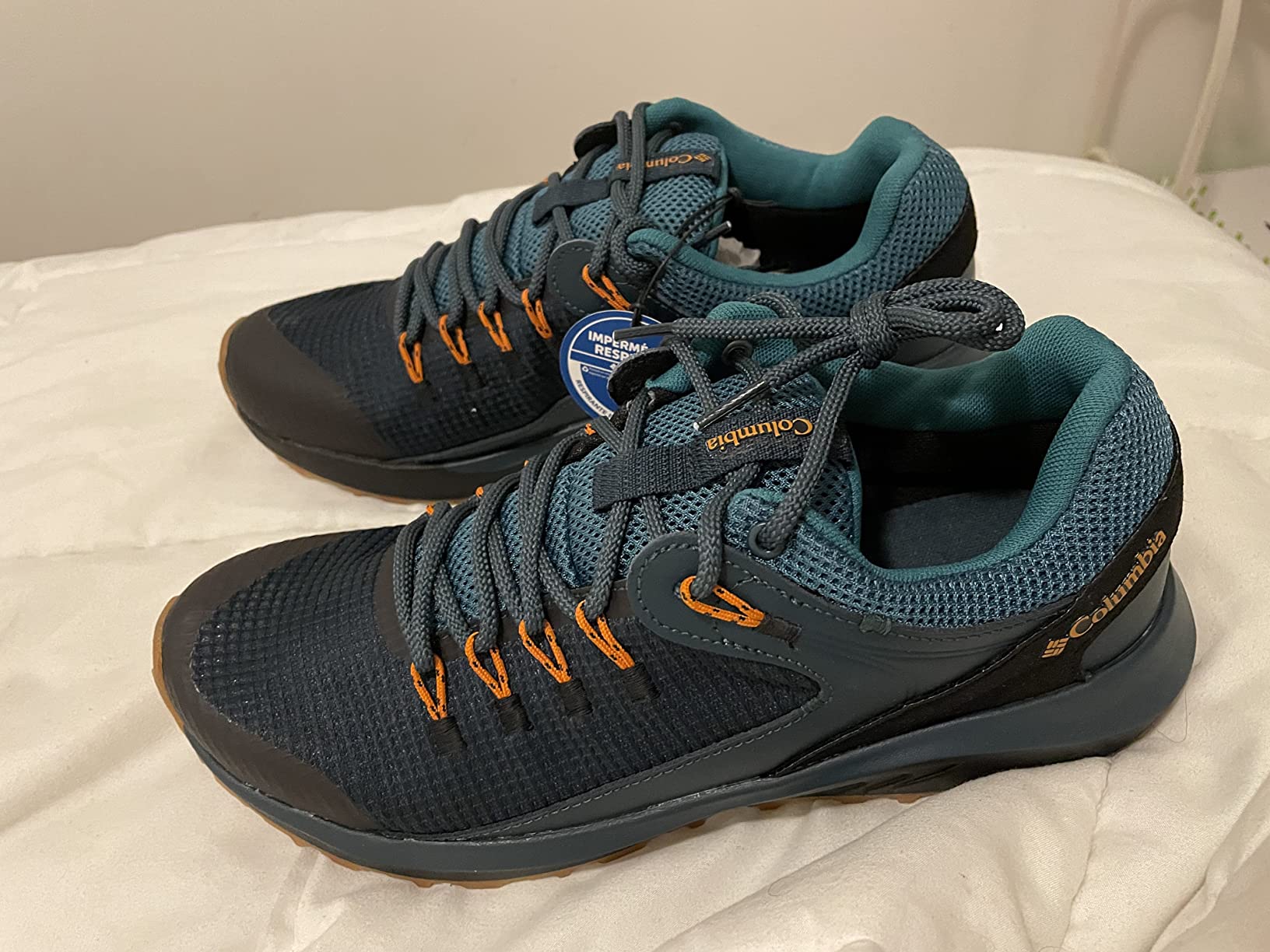
Comprehensive Scoring Summary
| Performance Analysis Summary | ||
|---|---|---|
| Comfort & Fit | 8.2/10 | Excellent initial comfort, size up recommended |
| Waterproof Performance | 6.5/10 | Great initially, concerning long-term durability |
| Traction & Grip | 8.8/10 | Outstanding on all tested surfaces |
| Cushioning & Support | 6.0/10 | Adequate but overstated marketing claims |
| Build Quality & Durability | 4.5/10 | Critical design flaw at toe flex point |
| Value for Money | 6.2/10 | Good if they last, poor with durability issues |
| Versatility | 7.5/10 | Works for multiple activities and environments |
| OVERALL SCORE | 6.8/10 | Good performance undermined by durability concerns |
Bottom Line: The Columbia Trailstorm delivers on traction and initial comfort but suffers from a critical design flaw that affects long-term durability. Best for occasional hikers willing to accept shorter lifespan for good initial performance.
Get the best price on Amazon:

